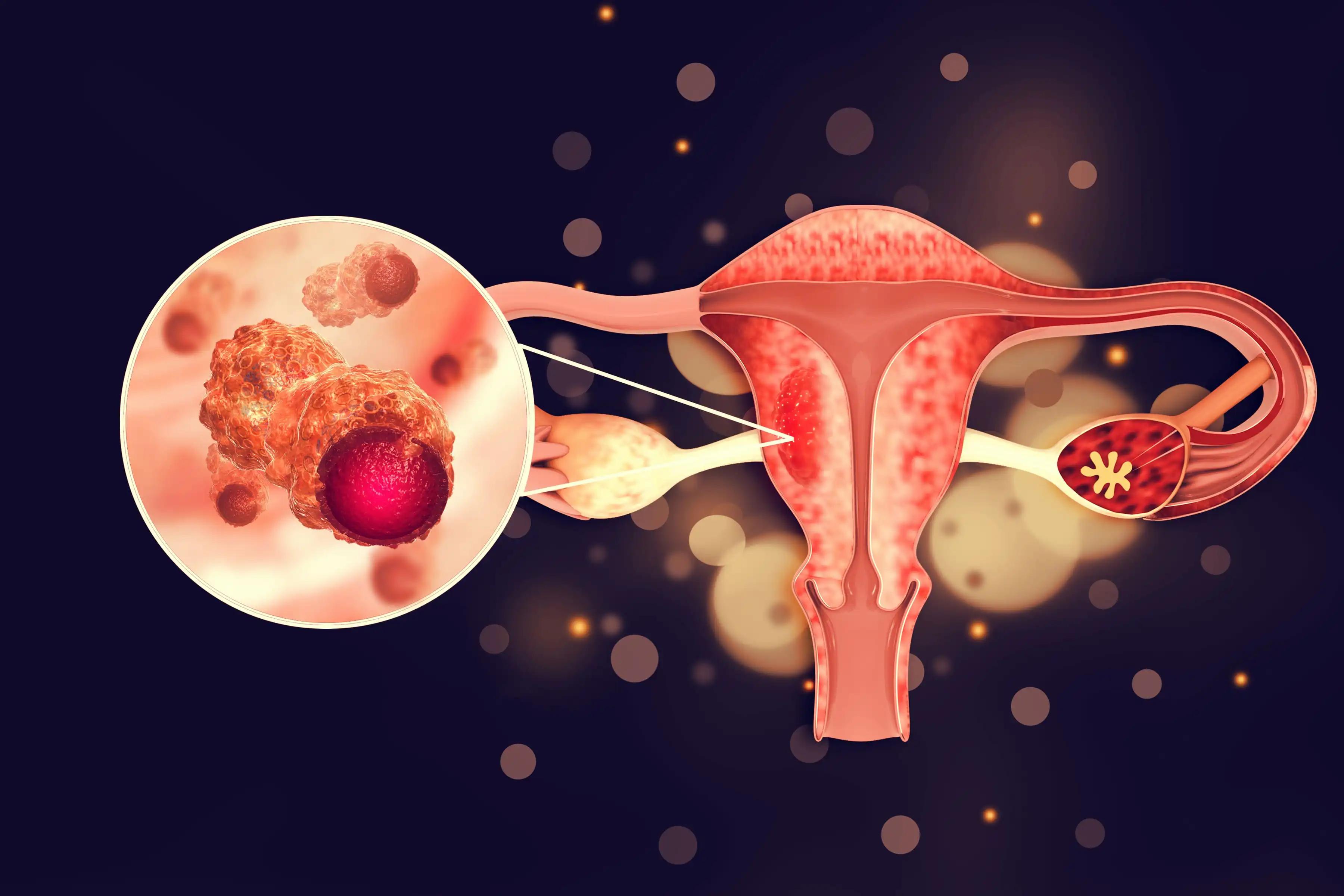KEY TAKEAWAYS
- The study aimed to assess the role of lncRNA HOTAIR and its interaction with ZBTB7A in the pathophysiology of EC.
- Researchers found that HOTAIR drove EC growth and prognosis, highlighting therapeutic potential via ZBTB7A and SOX17.
Endometrial cancer (EC) is the sixth most common type of cancer in women worldwide and has higher fatality rates. The EC pathophysiology is quite complex, and there is a great need for reliable methods for its diagnosis.
As evident by recent research,long non-coding RNA (lncRNA) is pivotal to the pathophysiology of EC. HOTAIR is considered as an important prognostic marker of EC. As revealed by the recent studies, ZBTB7A reduced EC proliferation and migration; however, the underlying mechanism still needs to be corroborated.
Xiao-Hui Zhang and the team aimed to elucidate the role of lncRNA HOTAIR in the pathophysiology of EC and its interaction with ZBTB7A to provide deeper insights into their impact on EC proliferation, migration, and patient prognosis.
Researchers employed RT-qPCR to measure HOTAIR expression in clinical EC tissues and various EC cell lines. A correlation between HOTAIR levels and patient prognosis was identified by employing Kaplan-Meier survival analysis. Further, the interaction between ZBTB7A and HOTAIR was observed with the help of bioinformatics tools and ChIP assays.
The experimental design also involved manipulating the expression levels of HOTAIR and ZBTB7A in EC cell lines to unveil the effect on gene expression and different cellular processes.
They observed significantly higher levels of HOTAIR in EC tissues compared to adjacent normal tissues, with high HOTAIR expression correlating with poorer survival rates and advanced cancer characteristics. EC cell lines like HEC-1A and KLE showed higher HOTAIR levels compared to normal cells.
HOTAIR knockdown resulted in these cell lines reduced proliferation, angiogenesis, and migration. HOTAIR had an inverse correlation with ZBTB7A, whereas overexpression of ZBTB7A led to a decline in HOTAIR levels and a reduction in malignant cell behaviors.
It was further indicated that HOTAIR interacted with ELAVL1 to regulate SOX17, which subsequently activated the Wnt/β-catenin pathway, promoting malignant behaviors in EC cells.
The study concluded that HOTAIR plays a crucial role in endometrial cancer, driving tumor growth and leading to poor patient outcomes. Its interaction with ZBTB7A and its regulation of SOX17 through the Wnt/β-catenin pathway highlighted its potential as a therapeutic target.
This study was supported by the Natural Science Research Project of the Anhui Educational Committee (No. 2023AH053323).
Source: https://pubmed.ncbi.nlm.nih.gov/38981872/
Zhang XH, Wu SW, Feng YF, et al. (2024). “ZBTB7A regulates LncRNA HOTAIR-mediated ELAVL1/SOX17 axis to inhibit malignancy and angiogenesis in endometrial carcinoma.” J Cancer Res Clin Oncol. 2024 Jul 9;150(7):345. doi: 10.1007/s00432-024-05860-w. PMID: 38981872; PMCID: PMC11233420.



